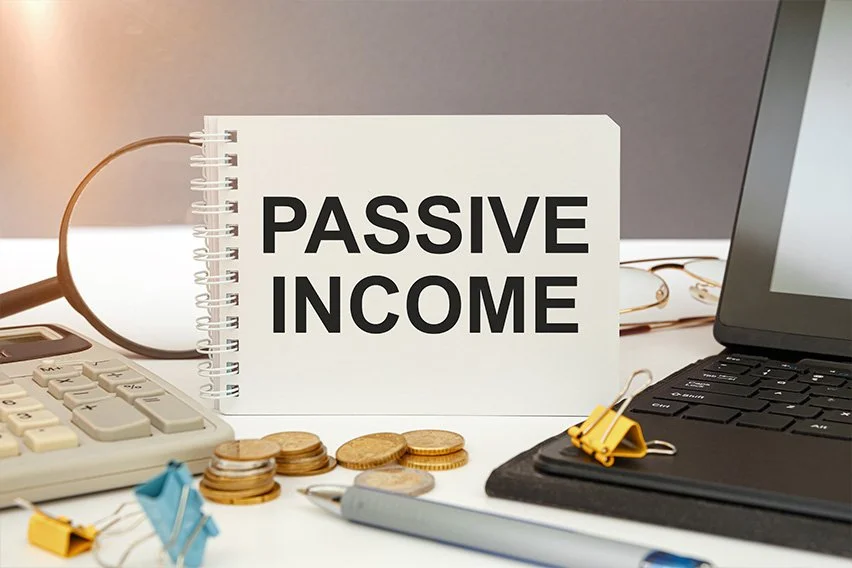
- Investment ideas
Passive income: how to get it?
Do you want to know how to make money from this?
Register for free and get expert advice, access to a training course and webinars.
Forget the myth of passive income being exclusive to the “super rich.” With a bit of planning and the right strategies, anyone can unlock its potential, regardless of their current income or employment status. Whether you’re juggling a full-time job or seeking additional income in retirement, passive income offers a flexible way to supplement your existing earnings without demanding constant attention. However, let’s dispel a common misconception: passive income isn’t about effortless money.
This guide will equip you with the knowledge and resources to embark on your own passive income journey.
How to start earning passive income
Before diving into passive income, ask yourself two key questions: how much capital can I dedicate, and how much time am I willing to invest? By answering these, you’ll be well on your way to finding the perfect passive income match for your skills, interests, and budget.
Step 1: Identify Your Revenue Streams.
Step 2: Find your platform. If your heart lies in passive investments, you’ll be spoilt for choice. Financial institutions, apps, and online platforms cater to all levels of experience and investment goals. Pick one that aligns with your comfort level and desired features.
Step 3: Set realistic expectations. Earning passive income from investing involves predicting your profits based on the amount invested.
The best investments with passive income
Building a successful passive income stream requires a strategic blend of your resources. This includes your time, skills, financial capital, and human capital.
Investing in financial markets, like stocks and bonds, can unlock higher growth potential but comes with greater risk. These avenues offer a wide range of options, from individual stocks to diverse funds.
Dividend exchange-traded funds
Exchange Traded Funds (ETFs) focused on dividend-paying stocks offer compelling possibilities for investors seeking steady income. These vehicles hold a diversified basket of companies, distributing a portion of their profits to shareholders as regular cash dividends. Additionally, dividend ETFs offer the potential for capital appreciation over time, further enhancing their appeal. However, discerning investors must consider management fees, as higher costs can erode returns.
Bonds
Bonds, representing loans made to companies or government entities, stand as another established avenue for passive income generation. In exchange for your investment, you receive periodic interest payments, guaranteed if you purchase the bond at par value and hold it until maturity. This option provides the allure of both regular income and principal return upon maturity. However, bond prices fluctuate, leading to potential gains or losses if sold before maturity.
High yield savings accounts
High-yield bank savings accounts present a valuable solution for generating passive income on funds earmarked for short-term needs or emergencies. These accounts offer significantly higher interest rates compared to traditional savings accounts, effectively maximizing returns on readily accessible funds.
What should you consider when choosing a source of passive income?
1. Starting Capital: While some passive income strategies, like affiliate marketing, might appear light on cash needs, remember you’ll invest time and effort instead. Be prepared to dedicate both upfront and ongoing resources to keep your income stream flowing.
2. Balancing Risk and Reward: No investment comes without a bit of risk. While safe options like CDs and high-yield cash accounts protect your principal, they might not outpace inflation, potentially eroding your purchasing power over time. So, consider your risk tolerance when choosing your path.
3. Ефчуы: Most countries love a good income tax! Understanding how your chosen passive income sources will be taxed (including your specific tax bracket) is crucial for calculating your “take-home” amount.
Do you want to know
How to make money from the news
Register for free and get:
- Expert consultation;
- Access to the training course;
- Opportunity to participate in webinars

